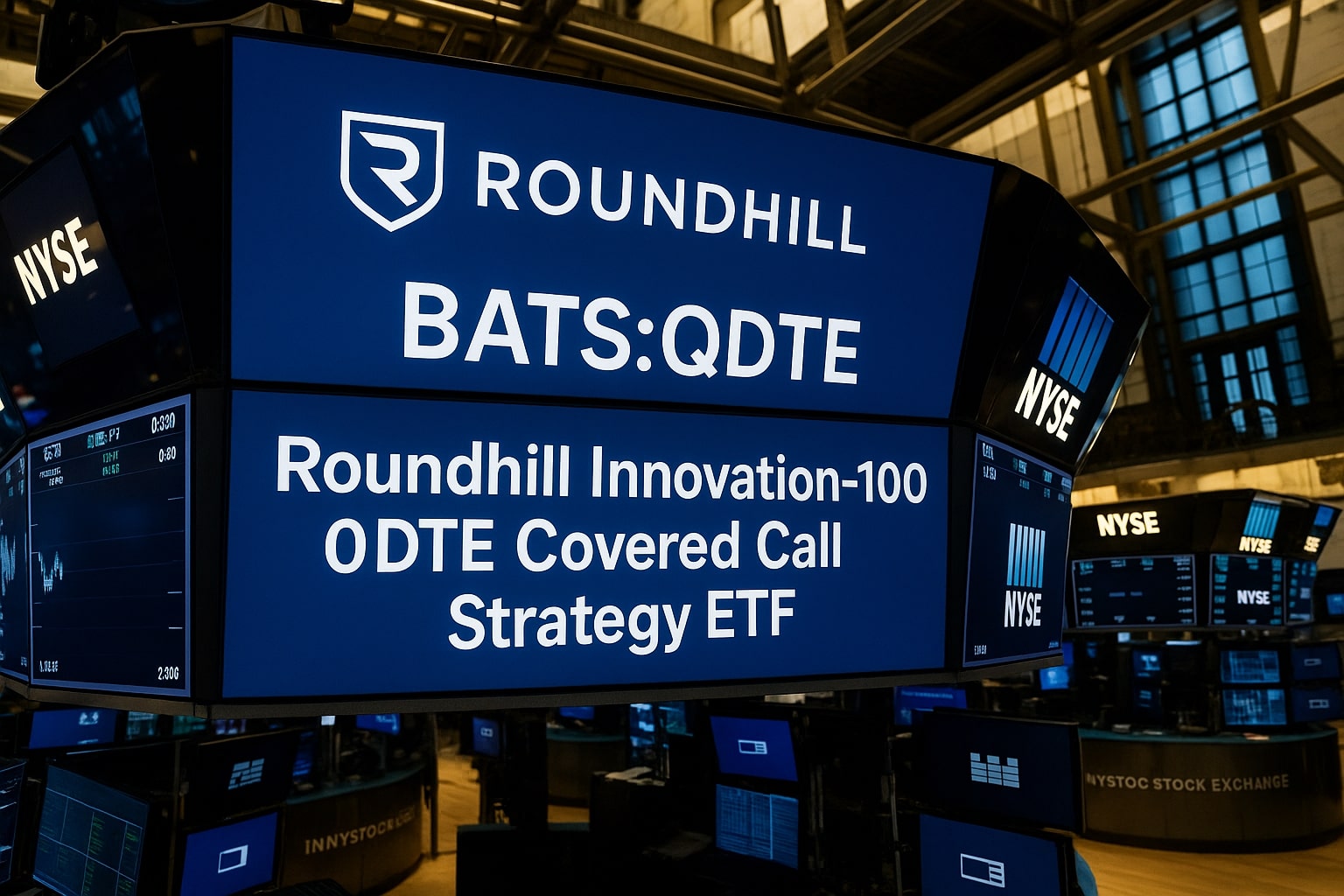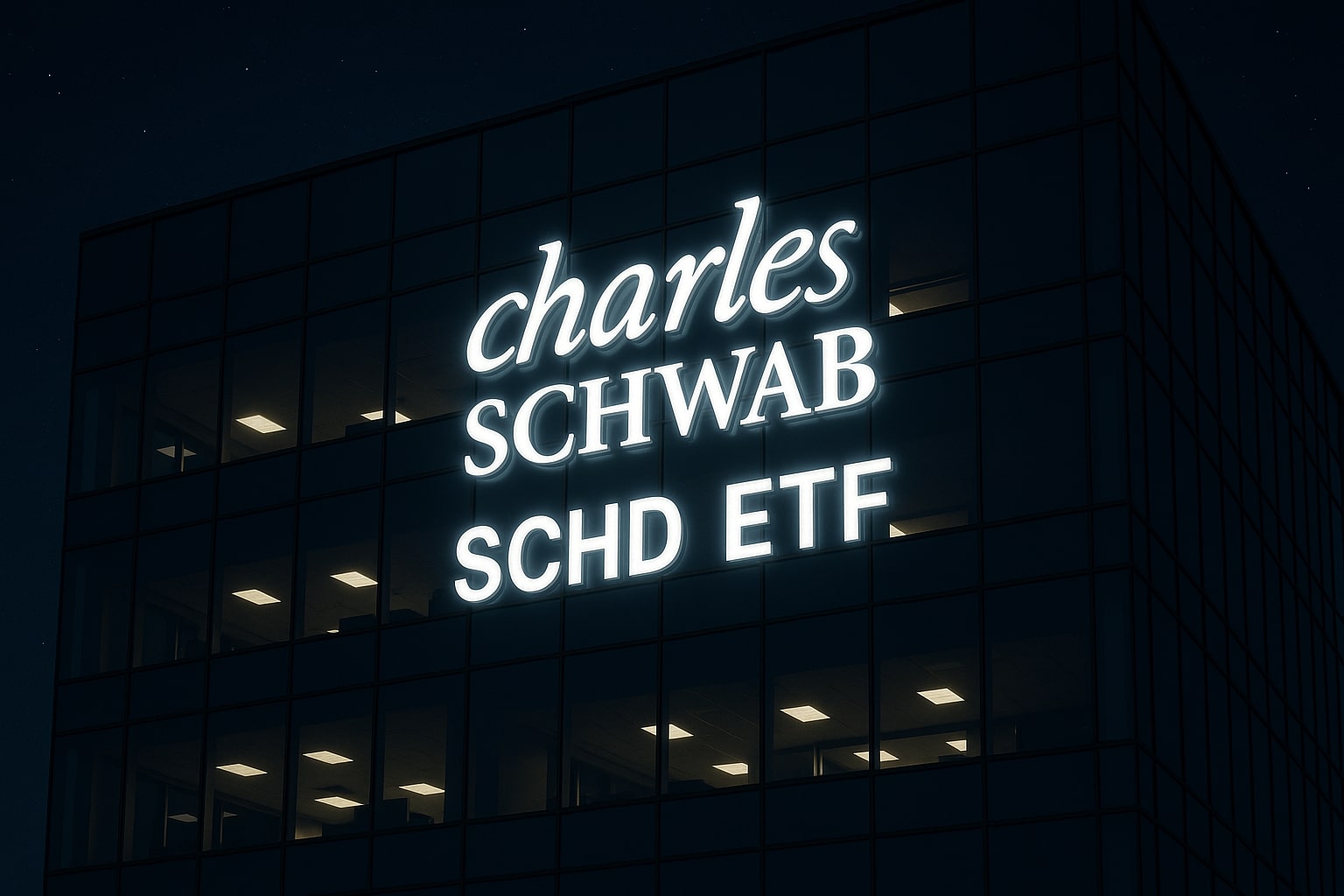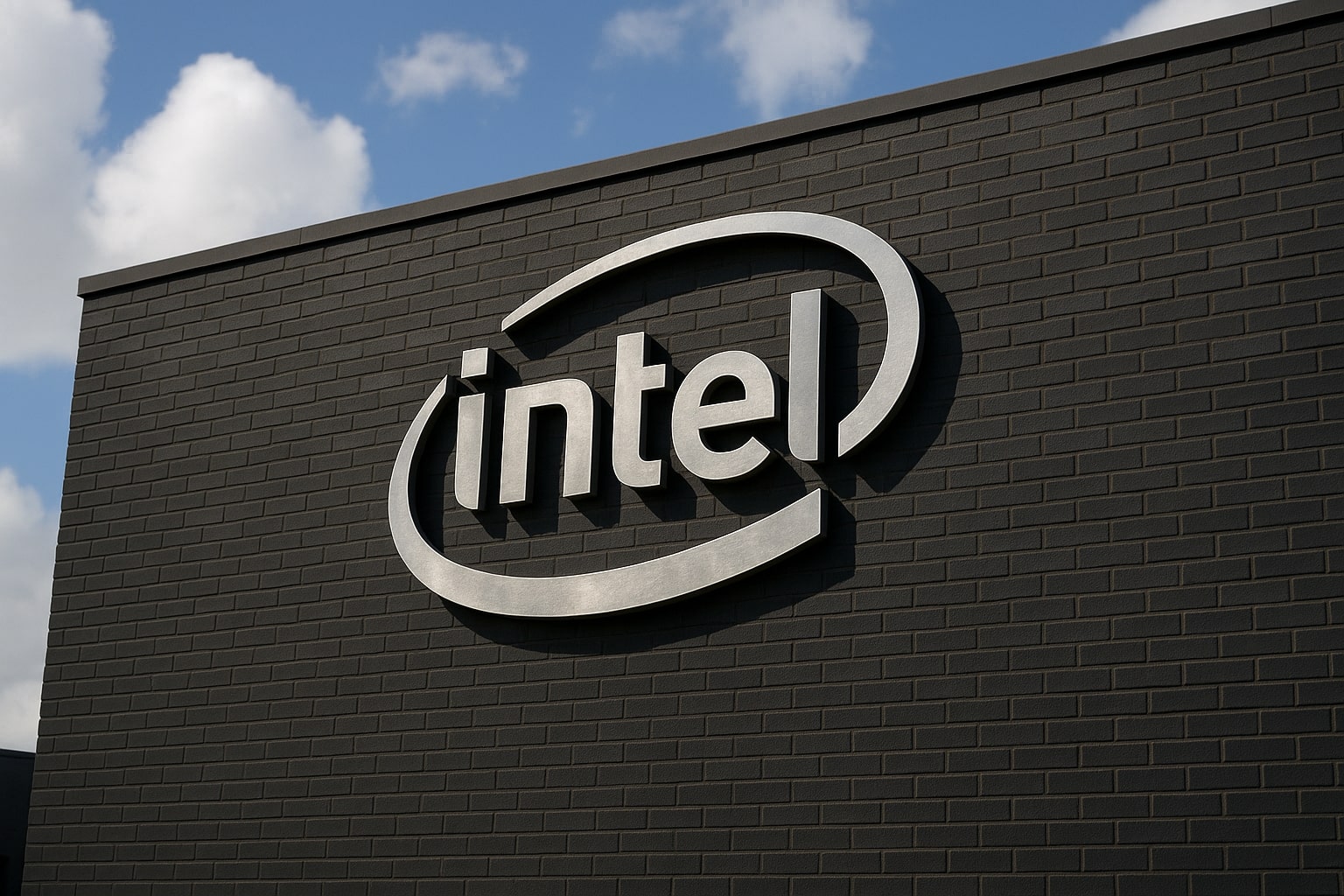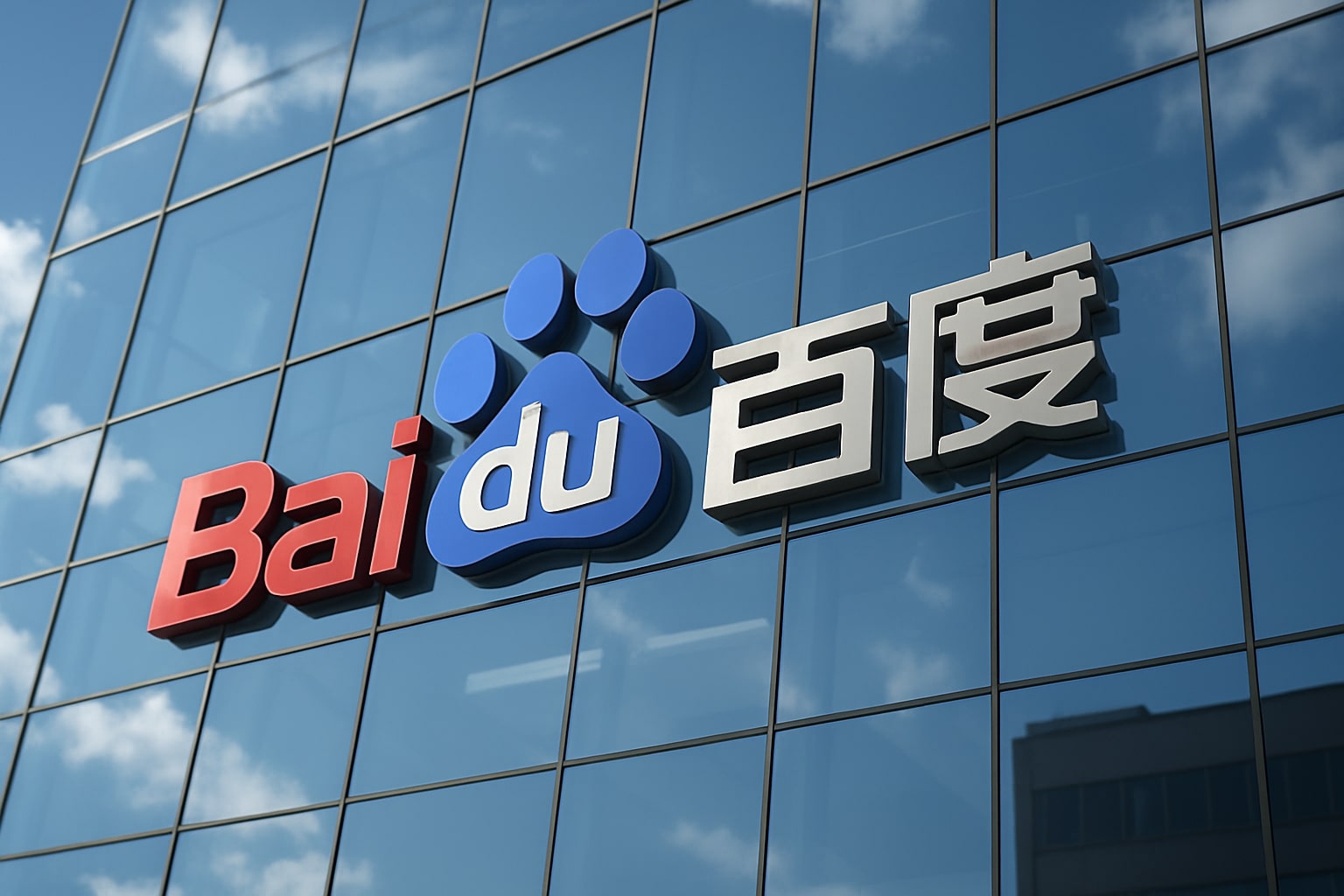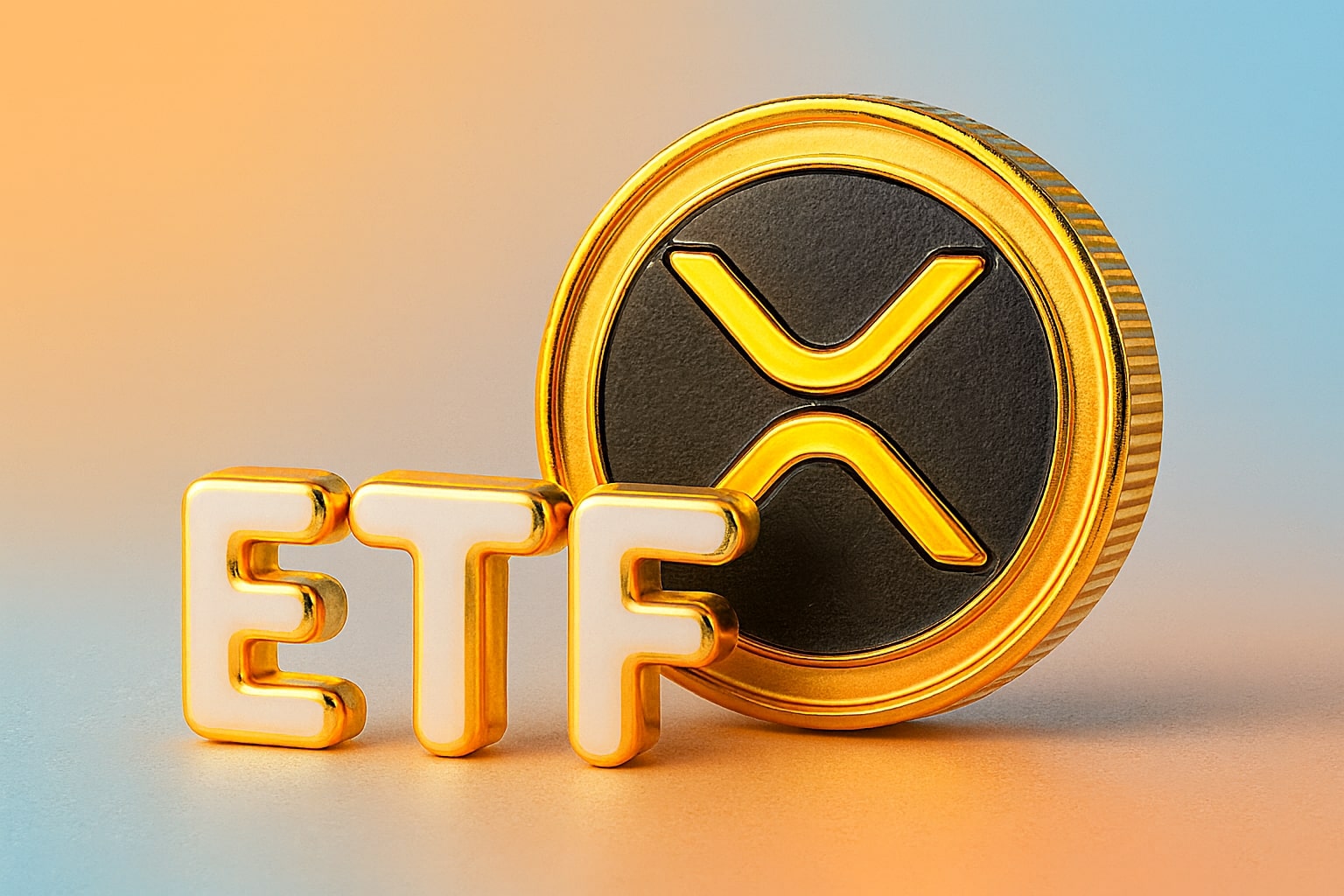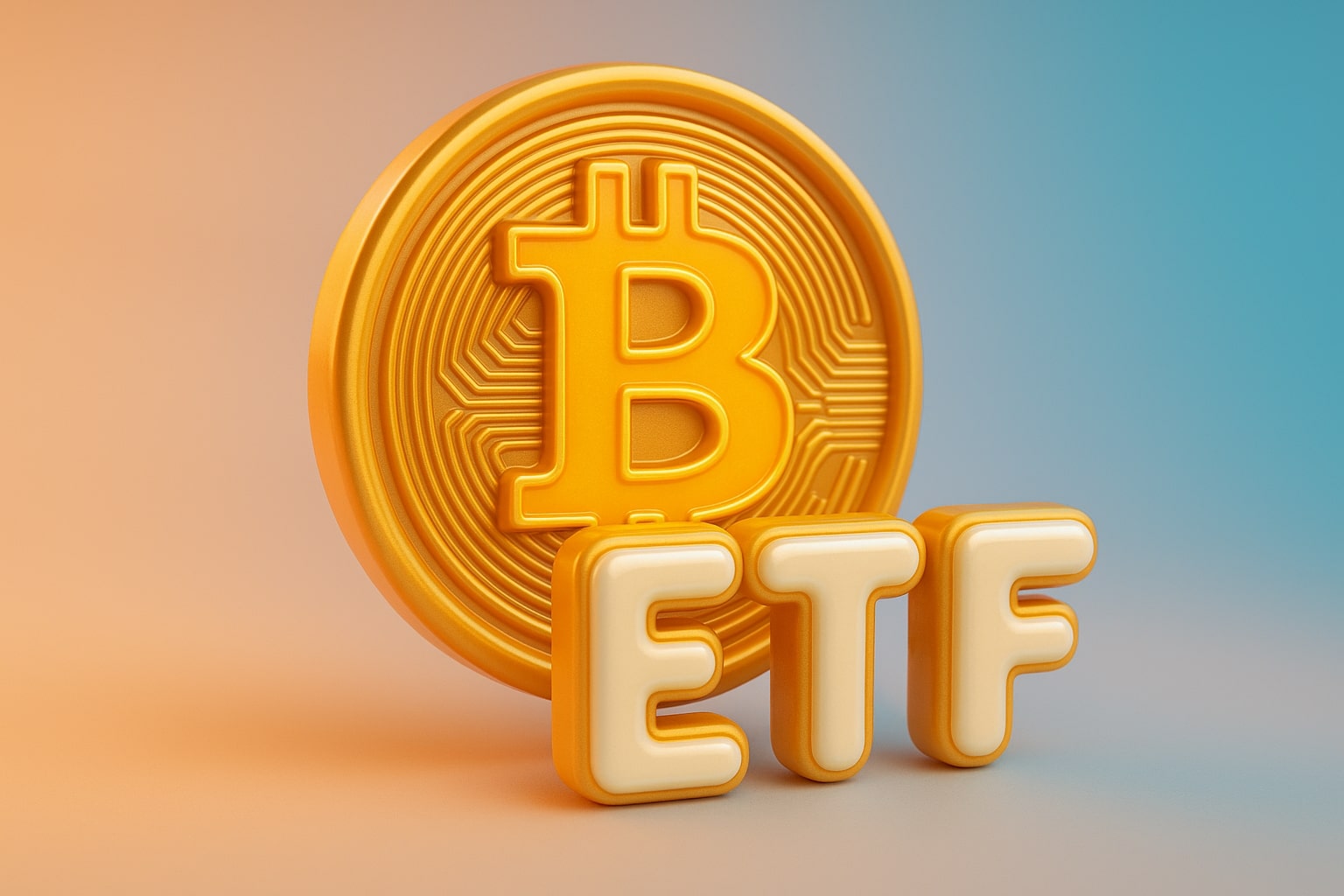Asset Growth and Investor Demand
As of September 3, 2025, QDTE’s assets under management stand at $830.8 million with 25 million shares outstanding, placing it among the fastest-growing derivative income ETFs. The surge of inflows reflects demand from yield-hungry investors anticipating lower interest rates. CME FedWatch data indicates an 86.4% probability of a 25 bps rate cut this September and 150 bps of easing projected by 2026. This backdrop weakens the appeal of Treasury bills, redirecting flows into equity-income ETFs like QDTE.
Performance Versus Competitors
Compared to peers, QDTE dominates on yield but trades off capital preservation. The NEOS Nasdaq-100 High Income ETF (QQQI) delivers a 14% yield with stronger price retention, while the REX FANG & Innovation Equity Premium Income ETF (FEPI) offers 26.5%. Since inception, QDTE’s share price has dropped -23.67%, but its heavy income generation offset the capital loss. When measured by total return, QDTE’s +22.07% performance eclipses QQQI and FEPI despite volatility. Investors must understand the tradeoff: capital growth is capped while yield dominates the profile.
Risks Embedded in the 0DTE Structure
The zero-day options approach magnifies both opportunity and risk. By design, 0DTE options expire daily, which allows managers to repeatedly harvest premium but also exposes the fund to intraday volatility. Bid-ask spreads can widen, slippage can erode returns, and liquidity risk is acute in sharp drawdowns. Importantly, the strategy offers no downside hedge. In a falling market, NAV could decline sharply without income fully offsetting the loss. Since launch, NAV erosion has been visible, but high payouts kept total return positive. Should volatility spike, QDTE could see income compression alongside capital loss—a double hit that investors must weigh carefully.
Sector Tailwinds and AI Exposure
The Innovation-100 Index allocation links QDTE’s fortunes to technology’s trajectory. With names like Nvidia (NASDAQ:NVDA), Microsoft (NASDAQ:MSFT), and Tesla (NASDAQ:TSLA) dominating the index, the fund indirectly rides AI and growth narratives. The latest Nvidia earnings revealed slowing momentum, with investors debating whether the AI-driven Nasdaq rally can sustain. If the Nasdaq-100 continues higher on Fed easing and AI expansion, QDTE will remain well-positioned to generate large option premiums. Conversely, if tech suffers correction, the lack of downside protection could accelerate NAV losses.
Distribution History and Investor Profile
Over the last 12 months, QDTE has paid out more than $13.50 in distributions, supported by 42.38% annualized yield. Two year-end special payouts in 2024 further boosted income. This makes QDTE attractive to compounders—those reinvesting weekly cash flows into discounted assets. The ETF is designed less for price appreciation and more as a cash-flow machine, ideal for portfolios prioritizing yield over growth. It fits alongside other high-income strategies like JPMorgan Equity Premium Income ETF (JEPI), but with a unique weekly payout schedule that differentiates it from traditional monthly structures.
Valuation and Market Context
QDTE currently trades near the middle of its 52-week range between $29.26 and $43.86. Net asset value sits at $34.81, nearly aligned with the market price of $34.76, showing no significant premium or discount. The expense ratio of 0.97% is higher than broad index ETFs but typical for option-based strategies. With a YTD total return of 8.92% versus the derivative income category’s 5.79%, QDTE continues to outperform peers despite NAV drag.
Final Assessment
BATS:QDTE ETF is a high-yield outlier that converts intraday Nasdaq volatility into cash flow. With $830M in assets, a 42% trailing yield, and weekly distributions that have already outpaced its 23.6% share price decline, the product demonstrates resilience as an income compounder. The tradeoff is clear: NAV erosion and limited upside versus extraordinary yield generation. Investors betting on continued Nasdaq-100 strength and Fed-driven liquidity are likely to favor QDTE. Given the data, the ETF earns a Buy rating for income-focused portfolios, though risk tolerance is essential.
That's TradingnEWS














